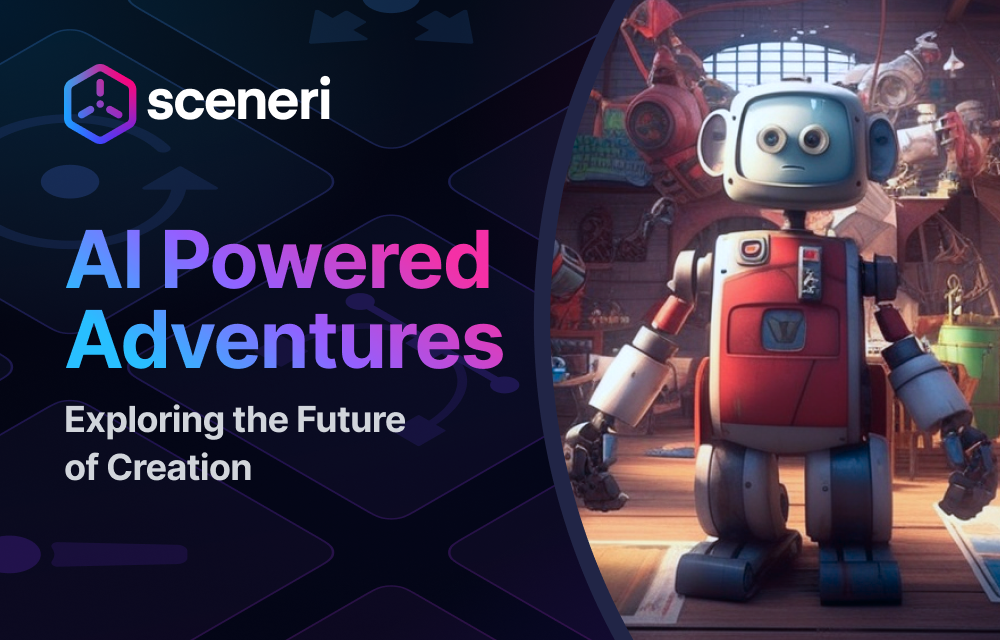There are many different ways to create AI in games. Some games use simple rule-based AI, where the AI's behavior is determined by a set of pre-defined rules. Other games use more complex AI, such as machine learning, where the AI's behavior is learned from data.
Historically Speaking
The most recognizable and earliest example of an AI is that of Pong and the paddle as an AI character. This was done by predicting where the ball would go and using the ball's current speed and direction. If the ball moved to the right, for example, the AI would predict that it will continue to move to the right. The AI would then move the paddle to the right so that it is in the path of the ball.

As games became more complex, so did the AI that was used to control them. In the early 1990s, games began to use more sophisticated rule-based AI. These games used rules that were based on real-world physics and behavior. For example, a game might have a rule that says that if a character is shot, they will bleed and eventually die.
In the late 1990s, machine learning began to be used in games. Machine learning is a type of AI that allows the AI to learn from data. This means that the AI can improve its behavior over time as it learns from the player's actions. For example, a game might use machine learning to train an AI to play a game of chess.
Generative AI in Video Game Creation
Generative AI is revolutionizing games and real-time media creation supporting the generation 2D textures, procedural 3D models, and even complete scenes in the future. We are big believers in integrating generative AI deeply into the Sceneri platform, supercharging iteration time and opening up new possibilities for creating visually stunning worlds.
Dream Textures - Blender AI Stable Diffusion
Built on top of Stability Diffusion, this Blender plugin is one of the most exciting uses of generative AI in the content creation pipeline. Initially, it was restricted to simple 2D texture generation on a plane. However, in a subsequent update, they added the ability to texture a previously UV-mapped object in Blender through a text prompt. If you haven't seen it yet, check out our blog article on UV maps to see how you can prep your models for use with this plugin.

Source: Albert Bozesan
Roleverse - AI-Assisted Level Design
Recently, a colleague clued us into this game. Within the team, we were shown how text prompts could be used to design out a level dynamically in a text field and populate it on the fly. In Roleverse, you are given a limited selection of content curated through their game, but it does lend itself to being able to change the season, atmosphere, or even the AI that populates your world.

Source: VentureBeat
TurboSquid AI 3D Generator (Unreleased)
Last but not least, the dark horse of the group is TurboSquid. They have been around forever and have a model catalog of tens of thousands of assets, ranging from toon to film-quality realism. If done correctly and mixed with their parent company Shutterstock's 2D video/graphics library, this collaboration could be scary good and also a nightmare for seasoned artists and their craft.

Source: TurboSquid
Legal Stance
The development of AI in games also raises some legal questions. For example, who owns the copyright to the AI that is created? And what happens if the AI becomes sentient? These are complex questions that will need to be addressed as AI in games continues to develop.
We are concerned on the threat that copyright infringement presents to the integration of generative AI within Sceneri, as unauthorized usage of copyrighted materials could result in legal complications and potential financial consequences. We believe that the long-term path to success in this space is the ownership of libraries that can drive generative AI - and our game platform where millions of creators will drive their creative focus is the place to achieve it.
Investment Trends
Despite the overall decline in venture capital funding in 2023, AI continues to be a hot area of investment. This is due to the growing potential of AI to revolutionize industries across the globe. In particular, generative AI is being seen as a key technology for the future, with the potential to create new products and services, improve efficiency, and automate tasks.
Largest funding rounds: The largest funding rounds in the AI space in the first half of 2023 were:
- OpenAI raised $10 billion in a Series D round led by Microsoft.
- Cohere raised $270 million in a Series C round.
- Builder.ai raised $250 million in a Series C round.
- Inflection AI raised $1.3 billion in a Series B round.
Overall, the AI venture backed funding landscape in 2023 was mixed. There were some notable deals, but the overall amount of funding decreased. This is likely due to a number of factors, including the global economic slowdown and rising interest rates. However, there are still a number of large and growing AI markets, and as these markets continue to grow, so too will AI venture backed funding.
For a vast wealth of insightful tips and expert workflows, we encourage you to explore the rest of our blog or our constantly updated YouTube channel.
